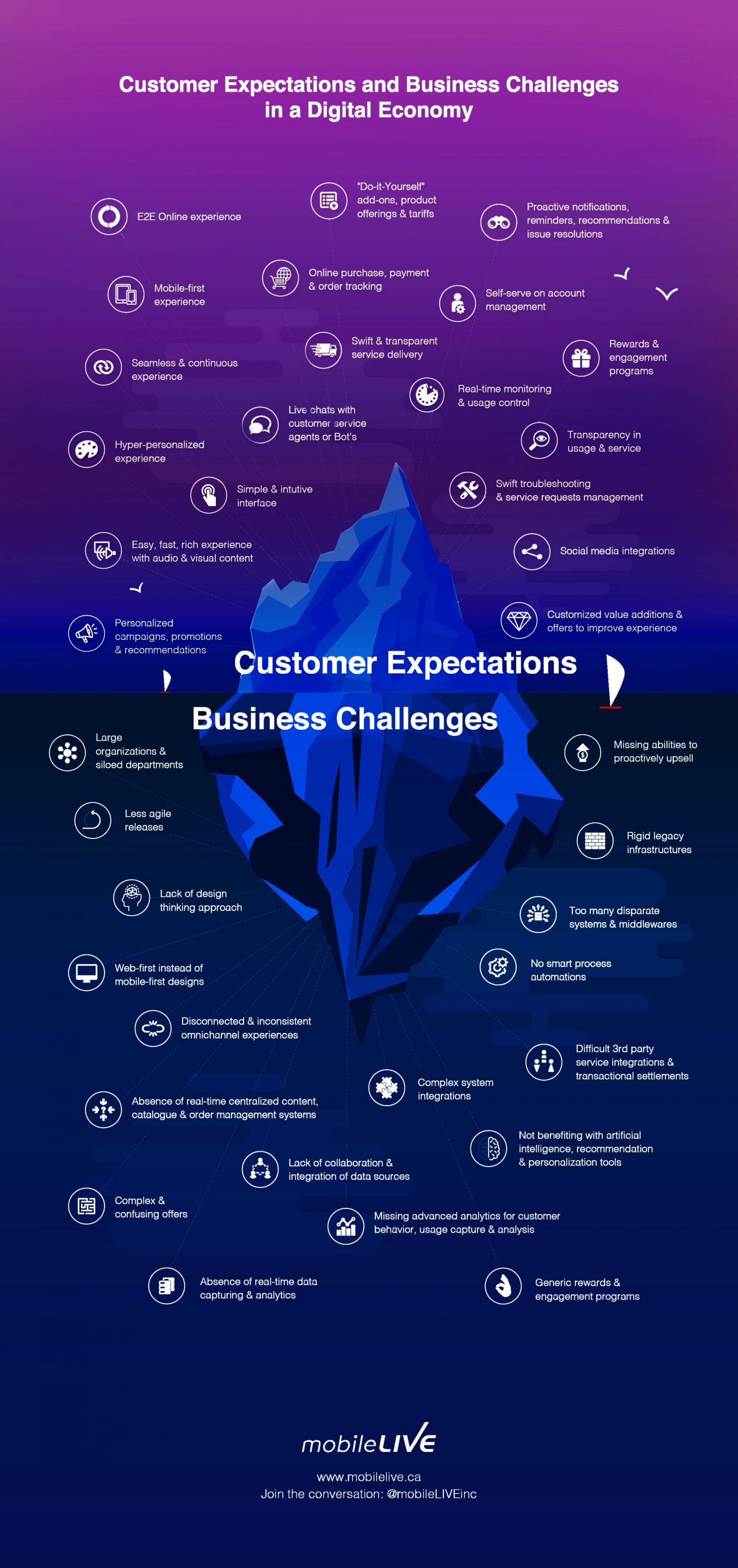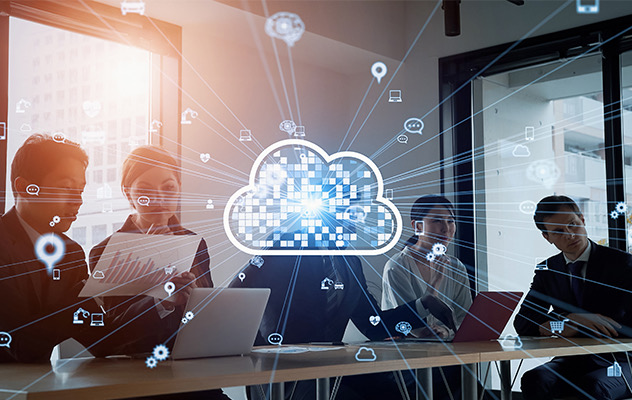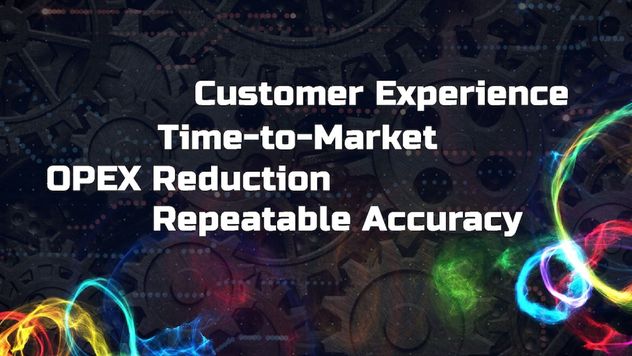
Pursuit of optimal customer experience is driving digital transformation initiatives across all industries because technology is allowing customers to be in direct control of their interactions with us. From the ease of multi-channel digital connectivity to immediacy in service, customers expect frictionless and hyper-personalized customer experiences that embody simplicity, Do-it-Yourself, and social. Likes of Amazon, Apple, Google, and Facebook are also not making it any easier by setting standards that customers expect every business to match.
Without a doubt, the importance of Customer Experience has grown to become equal, if not more than products and services offered. Brands who focus on improving customer experience by mapping the evolving customer behaviors and preferences, applying human-centered approach, innovating collaboratively, and executing with agility – easily differentiate themselves and excel onto a path of greater success.
But let’s be clear, customer experience does not belong to any one department. In fact, it requires intense collaboration from the entire organization. Everyone working “together” towards a common purpose for the sake of the customer, who only recognizes us as – one. From a customer’s perspective, it primarily involves customer-facing functions and touchpoints, however, there is a myriad of business challenges that we need to manage in an effort to achieve the desired customer experience.
To bring it all together, below is an infographic capturing shared – customer expectations and business challenges – in a digital economy.
In order to thrive in the ever-increasing digital economy, organizations must adapt to the evolving customer behaviors and deliver exceptional experiences that go beyond expectations. This requires synchronization across various dimensions, including the structure of the organization, its culture, processes, and the incorporation of disruptive technologies.
Starting with the structure of the organization, it is essential to establish cross-functional teams that can collaborate effectively and respond quickly to customer needs. By breaking down silos and promoting communication and collaboration, organizations can streamline decision-making processes and accelerate innovation. This structure allows for agile responses to market trends and enables the organization to stay ahead of the competition.
The culture of the organization plays a crucial role in aligning with customer behaviors and expectations. A customer-centric culture puts the customer at the center of every decision and action. It fosters a mindset of continuous improvement and encourages employees to seek innovative solutions to meet customer needs. Empowering employees to take ownership of customer experiences and providing them with the necessary training and resources will enable them to deliver exceptional service.
Processes within the organization should be optimized to be customer-centric and agile. This involves implementing technologies and methodologies that enable organizations to gather, analyze, and act upon customer data in real-time. By leveraging AI and machine learning, organizations can gain insights into customer behavior, preferences, and trends, allowing for personalized and targeted experiences. Additionally, technologies like AR/VR and IoT can be utilized to create immersive and interactive experiences that resonate with customers.
Conversational commerce, enabled by technologies such as chatbots and virtual assistants, allows organizations to engage with customers in a personalized and conversational manner, providing instant assistance and information. This helps in building trust and enhancing the overall customer experience.
To attract, win, and retain customers, organizations need to embrace disruptive technologies and be willing to adapt to the changing digital landscape. This requires continuous monitoring of customer behaviors and expectations and a willingness to innovate and iterate based on those insights. By embracing a customer-centric approach and leveraging disruptive technologies, organizations can differentiate themselves in the market and forge long-lasting relationships with their customers in the digital economy.
From the structure of the organization (People, Culture, Processes) to the disruptive technologies (AI, Machine Learning, AR/VR, IoT, Conversational Commerce) involved, we need to sync up with evolving customer behaviours and deliver beyond their expectations. It’s not going to be simple, but we must, in order to attract, win, and retain customers in this ever-increasing digital economy.




